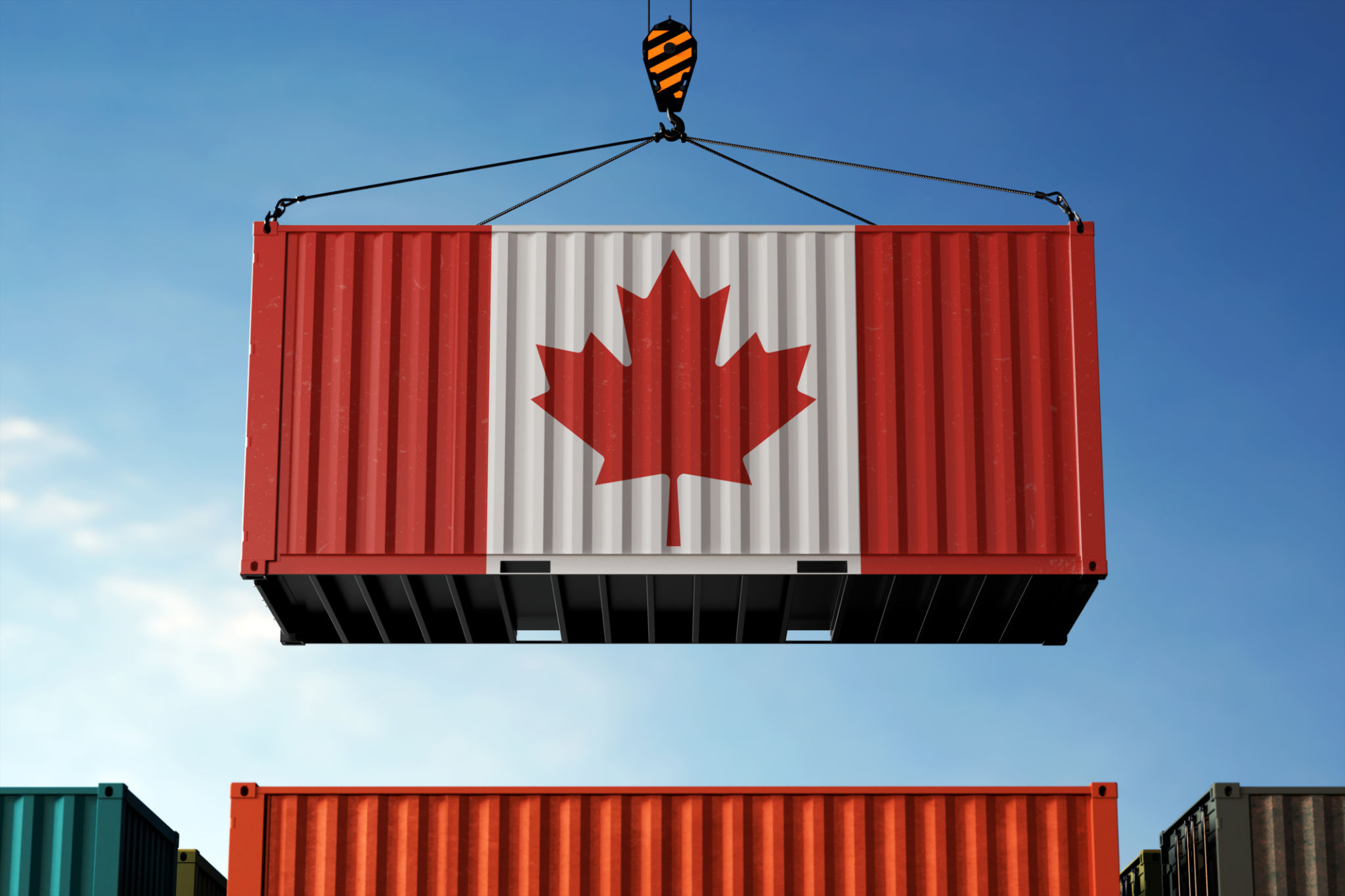Understanding Blockchain Technology: A Comprehensive Guide for Beginners
What is Blockchain Technology?
Blockchain technology is a decentralized digital ledger that records transactions across multiple computers in such a way that the registered information cannot be altered retroactively. This innovative technology ensures the integrity and security of data and has become the backbone of cryptocurrencies like Bitcoin.

How Does Blockchain Work?
At its core, blockchain is a series of blocks that store data. Each block contains a list of transactions, a timestamp, and a cryptographic hash of the previous block. This structure ensures that once data is recorded, it becomes nearly impossible to change without altering all subsequent blocks. This chain-like architecture is what gives blockchain its name and its security.
The Role of Nodes
Nodes are individual computers that participate in the blockchain network. They store and verify the integrity of the blockchain. Each node has a copy of the entire blockchain, allowing for transparency and making it difficult for any single entity to control or manipulate the data.
Applications of Blockchain Technology
Blockchain technology has applications beyond cryptocurrencies. It can be used in various industries such as supply chain management, healthcare, finance, and more. For instance, in supply chain management, blockchain can enhance transparency by providing real-time tracking of goods from production to delivery.

Smart Contracts
Smart contracts are self-executing contracts with the terms directly written into code. They automatically execute actions when predefined conditions are met, eliminating the need for intermediaries. This feature of blockchain can streamline processes and reduce costs in various sectors.
The Benefits of Blockchain Technology
One of the primary benefits of blockchain is its enhanced security. The decentralized nature and cryptographic techniques make it highly resistant to fraud and tampering. Additionally, blockchain provides transparency as all transactions are recorded and accessible to all nodes in the network.
Decentralization
Decentralization is a key feature of blockchain that distributes control across a network of nodes rather than a single central authority. This reduces the risk of centralized failure and provides more democratic control over the system.

Challenges and Limitations
Despite its advantages, blockchain technology faces several challenges. Scalability is a significant issue, as the size and complexity of blockchains can lead to slower transaction times. Energy consumption is another concern, particularly for proof-of-work-based blockchains like Bitcoin.
Regulatory Concerns
As blockchain technology continues to grow, regulatory frameworks are still catching up. Governments worldwide are exploring ways to regulate blockchain without stifling innovation. This evolving landscape presents both challenges and opportunities for businesses and developers.
The Future of Blockchain
The future of blockchain technology is promising, with ongoing research and development aimed at overcoming current limitations. Innovations such as proof-of-stake, sharding, and layer-two solutions hold potential for improving scalability and efficiency.
As more industries recognize the potential of blockchain, we can expect to see an increase in adoption and integration across various sectors. Whether you're a developer, business owner, or enthusiast, understanding blockchain technology is crucial as it continues to shape the digital landscape.